Architecturally, this century-old building is designed more akin to a French or Italian Renaissance edifice with its soft gray and yellow limestone rather than structure found on a main avenue in the South Bronx.
Today, and as of 2012, The Andrew Freedman Home is known as a daycare center as well as an event space venue for a variety of artwork exhibitions in various mediums including photography, live installations and video projections.
But just how did this exquisitely designed building originate and for what purpose? The creation of The Andrew Freedman Home was the vision of the man for whom it is named. While there is not much information to be found about Andrew Freedman, which causes me a great deal of frustration, being a history fanatic, I will share the few facts that I was able to ascertain in my research.
HIs business accomplishments are, however, pretty impressive. Freedman became the principal owner of the New York Giants of the National League in 1895, after purchasing a controlling interest in the ball club from Cornelius C Van Cott, at a cost of $53,000, which in today's dollar terms would amount to approximately $1,596,148. He would remain owner until 1902, but not after first purchasing a controlling interest in the Baltimore Orioles of the American League that same year.
Apart from baseball, Freedman's financial interests extended across other areas of industry. For one, he was director of the Interborough Rapid Transit Company (IRT), which was founded and owned by August Belmont and John B. McDonald, for which Freedman reportedly invested $1.7 million (or approximately $49,228,077 by today's standards) into the company in 1901 and 1902.
This business mogul also served on the board of directors of the Wright Company, established in 1909 to market the Wright brothers' airplanes in the United States. Further, as the owner of an ice yacht, named "Haze", Freedman won a pennant race in North Shrewsbury, New Jersey in 1904.
Quite an interesting resume of business ventures for a man whose methods for financial accumulation is not very clear. According to Christopher Gray's NYTimes article on May 23, 1999, "He (Freedman) had been involved in real estate and subway financing, owned the New York Giants baseball team and was a close associate of the Tammany Hall boss Richard Croker. But Freedman's entry in the authoritative Dictionary of American Biography ventures only that ''by ways that are no longer traceable he achieved a conspicuous success.''"
The facts remain that Andrew Freedman was a man of substantial means, who lived a wealthy lifestyle, realizing that life could very easily take a turn for the worse, leaving even the richest individuals poor and destitute, after he encountered a scare during the Panic of 1907, when he nearly lost his entire fortune.
His fear would prompt him to create a charitable trust, with which to build a home for older individuals who had lost their fortunes, where they could live in their retirements in a style they had grown accustomed. At the time of his death in 1915, Freedman left an estate valued over $4 million ($99,100,000 in current dollar terms) and bequeathed money to build the Andrew Freedman Home.
Interestingly, another prominent Bronx individual, Samuel Untermyer, lawyer, civic leader and former owner of the Yonkers estate which is now Untermyer Park, served as executor of Freedman's estate, and it was he who would oversee the construction of The Andrew Freedman Home, in the purchasing of the land on the Grand Concourse in The Bronx and hiring architects Joseph H. Friedlander and Harry Allan Jacobs to design the two-story building. At a cost of $1 million ($14,620,000 in current dollar terms), the new edifice took two years to construct, being completed and opened in 1924. An expansion would be added between 1928 and 1931,with the addition of two new wings designed by architect, David Levy.
In 1992, The Andrew Freedman Home was named a New York City Designated Landmark and remains today one of the grandest buildings in the Bronx.
-Elisa
* New York Times - December 1, 1901 (reprinted 2012)
* New York Times - January 4, 1904 (reprinted 2012)
* New York Times - October 3, 1913 (reprinted 2012)
* New York Times - November 23, 1909
* New York Times: Streetscapes/The Andrew Freedman Home; A Retirement Home Built for the Formerly Wealthy By Christopher Gray, May 23, 1999
* Landmark Preservation Center, 1992

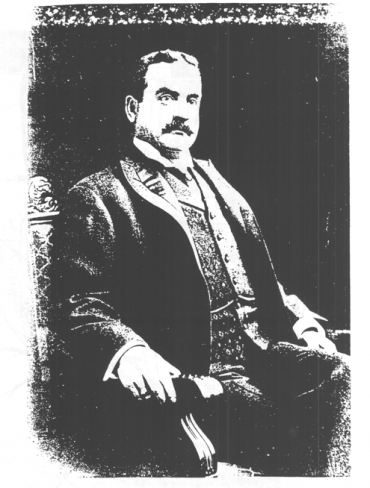
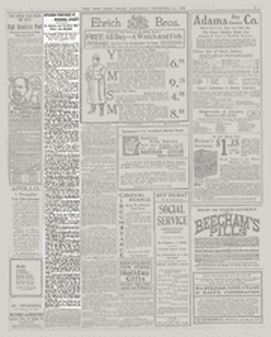
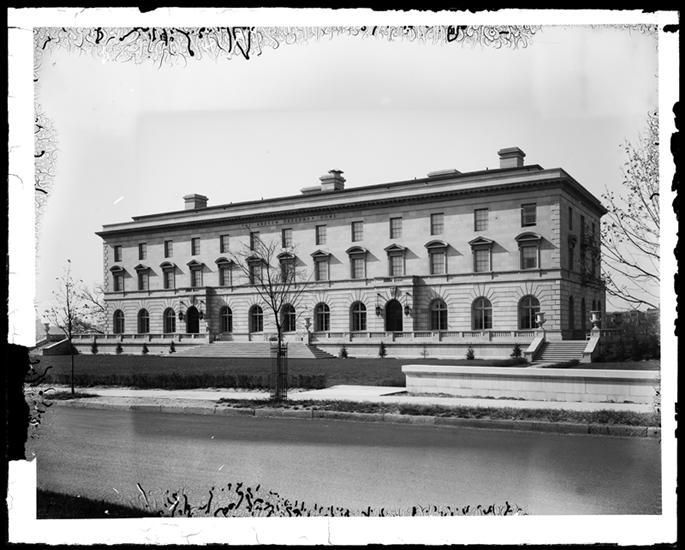
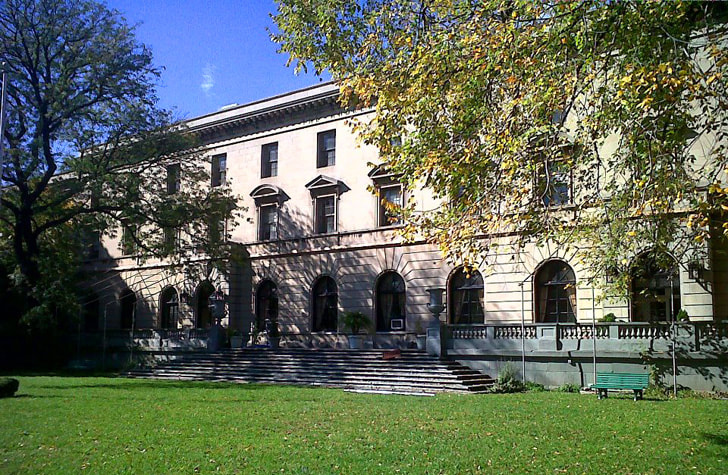
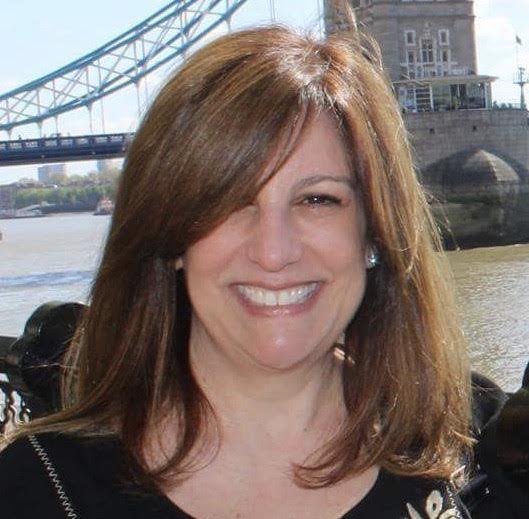
 RSS Feed
RSS Feed